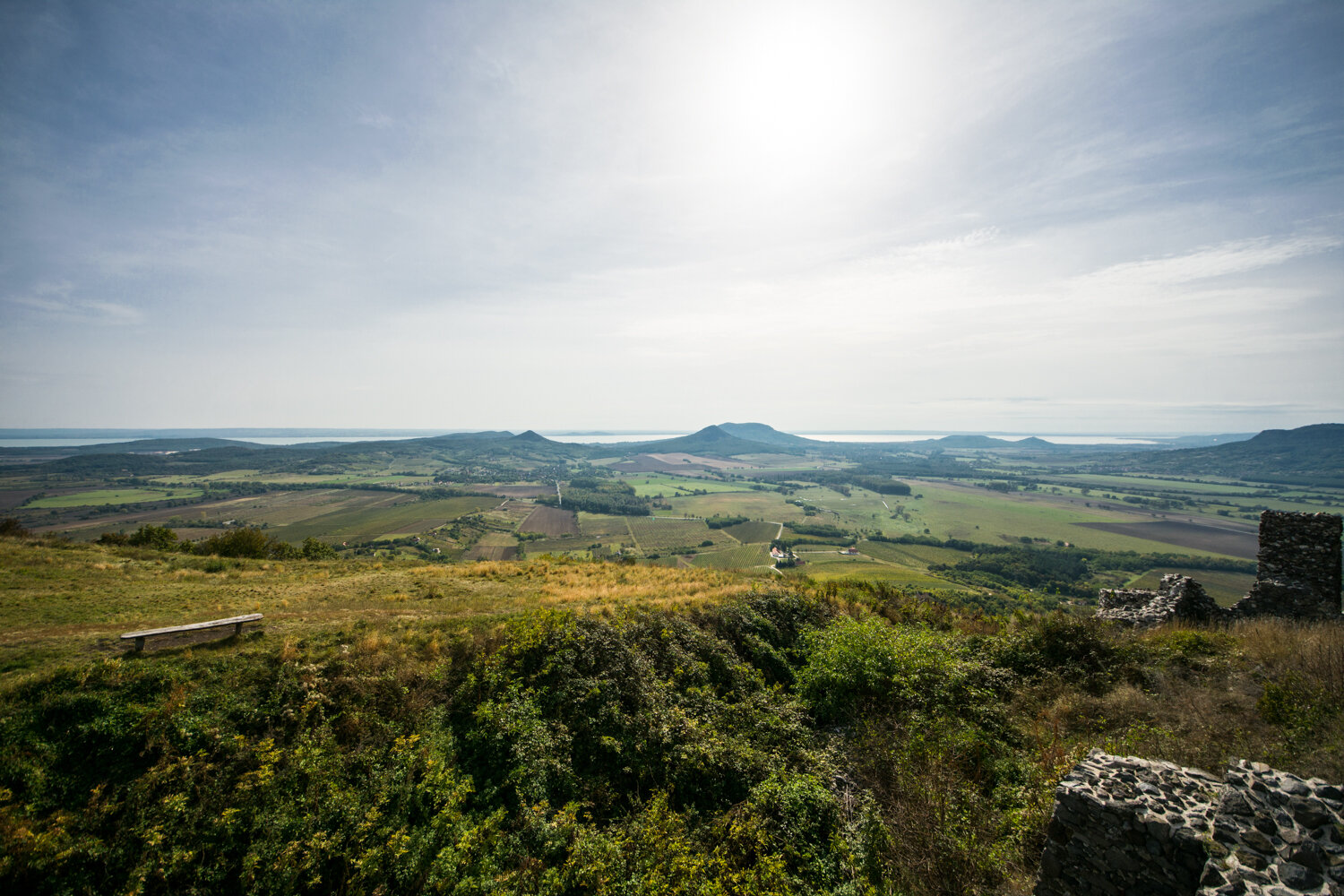Csobánc-hegy is always a good choice if we would like to get a view of the entire Balaton Uplands after a quick tour. A steep but short trail leads to the top where we can also wander around the ruins of Csobánc castle, a place where many heroic fights were fought. The area is a favored spot for paragliders, but there’re also cool guest houses, great wineries, and enthusiastic locals who know everything about the castle.
Csobánc-hegy (Csobánc Hill) is one of the many buttes around Balaton Uplands. Klári Tolnay, the famous Hungarian actress used to come here to her former holiday house, which now operates as the Villa Tolnay Winery. The vineyards of the hill provide great grapes as its soil has many components, providing various flavors and an incredibly noble terroir for the wines of cellars like Villa Tolnay or Csobánci Bormanufaktúra.
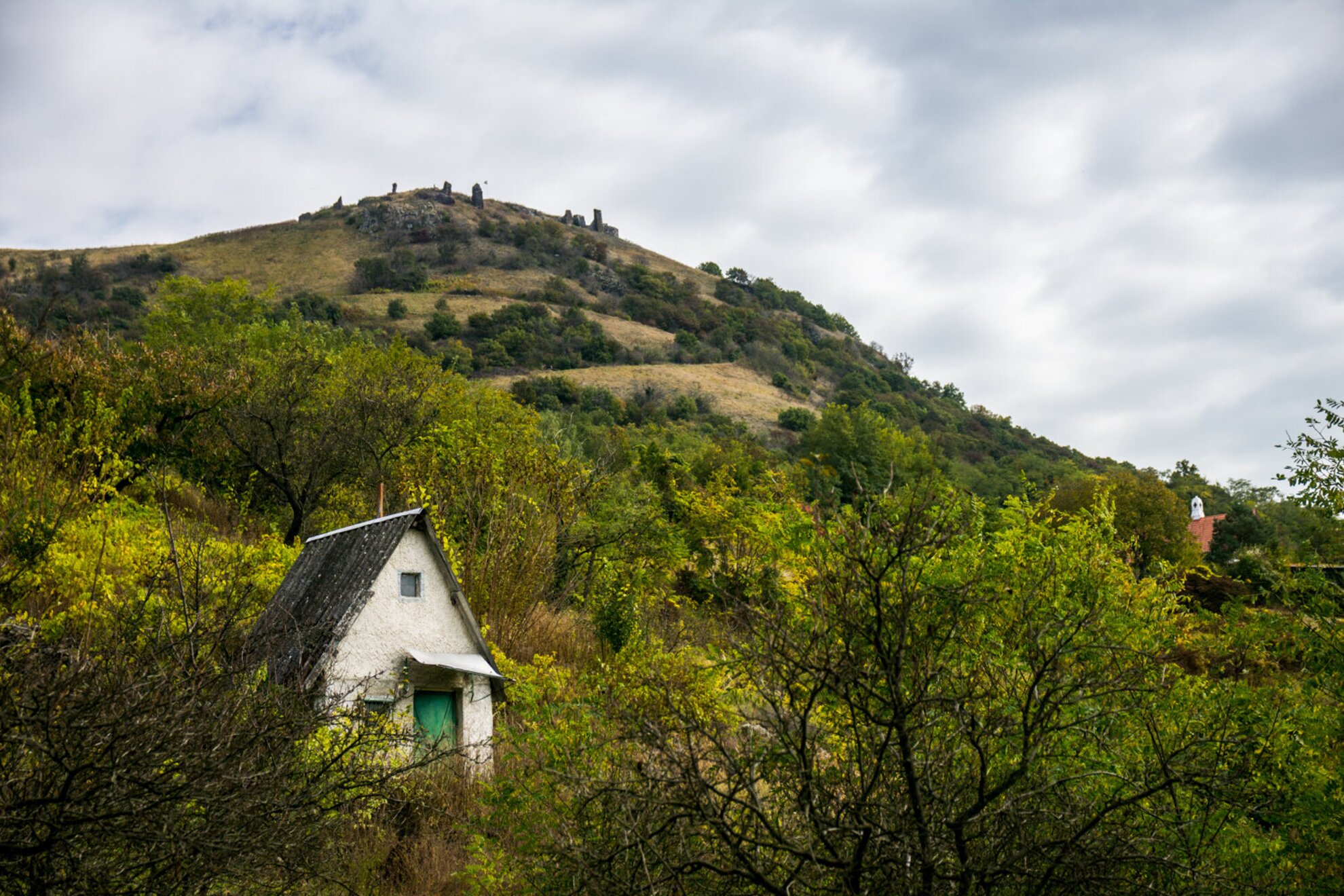
The approximately three kilometers long trail comfortably takes us to the top in about an hour. The road isn’t long, but it keeps getting steeper. We definitely have to park our cars as the summit can only be conquered on foot. A bicycle tour here is only recommended for the kings of the hills. Although there are only a few patches of forest along the trail, in return we can constantly admire the landscape below us.
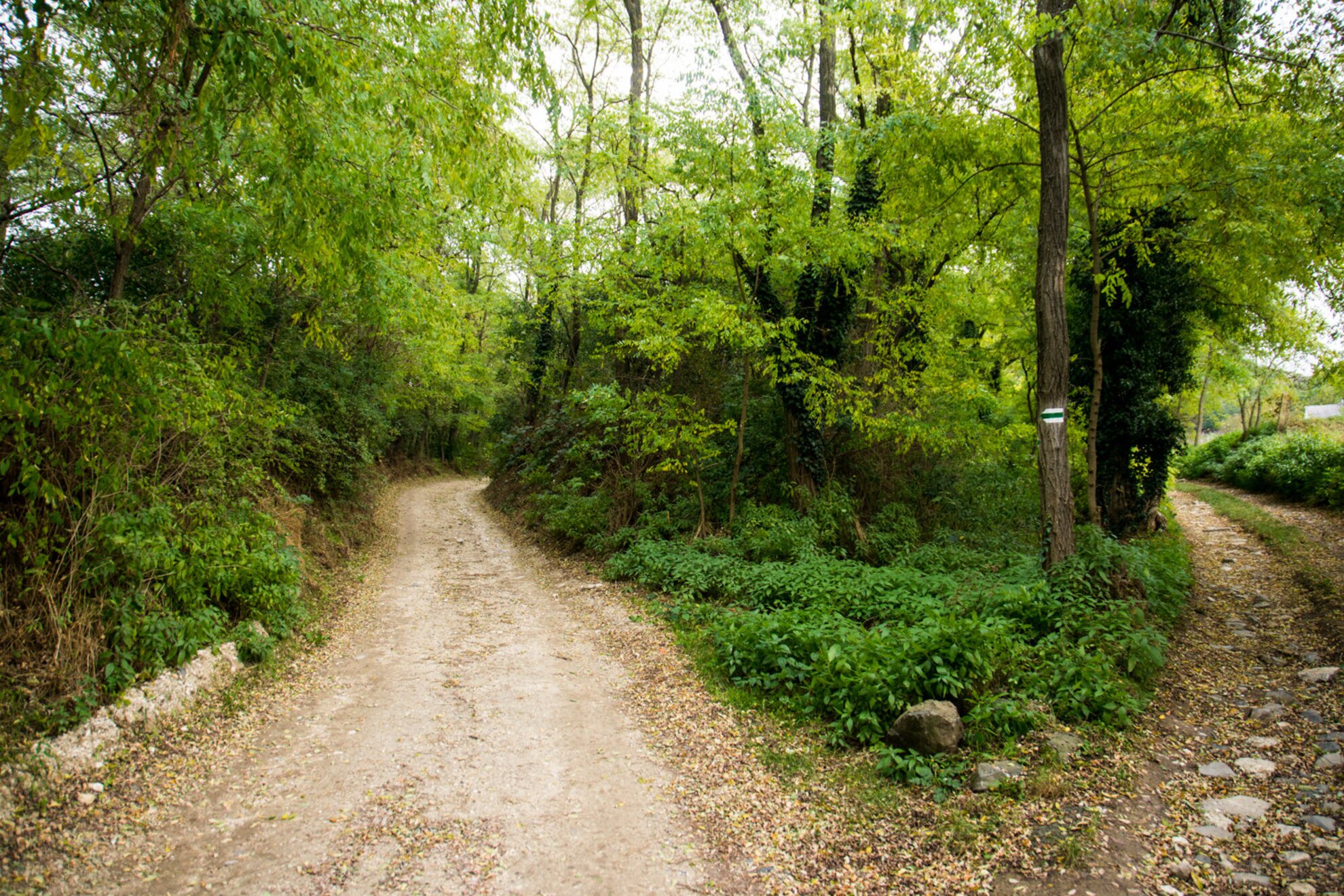
Vineyards lie on the side of the hill, and we can spot hidden press houses as well. Numerous tiny press houses were built here in the ‘60s and the ‘70s – urban dwellers rushed here on Friday afternoons with their Soviet Union-made cars, Ladas and Trabants.
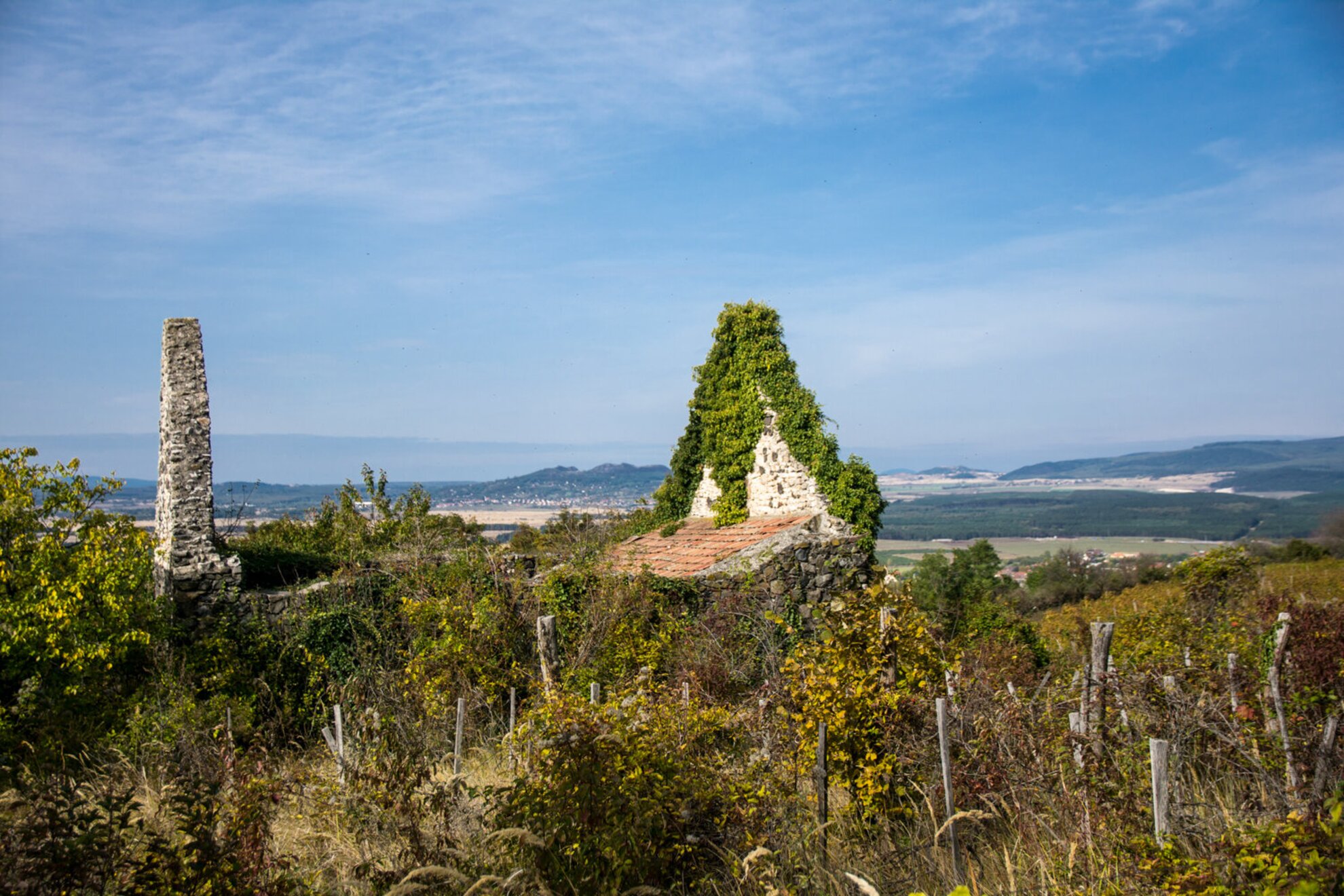
We can reach the hilltop from either Diszel or from Gyulakeszi, the two villages at the foot of the hill. The most comfortable way is probably to start from the center of Gyulakeszi, following the green sign.
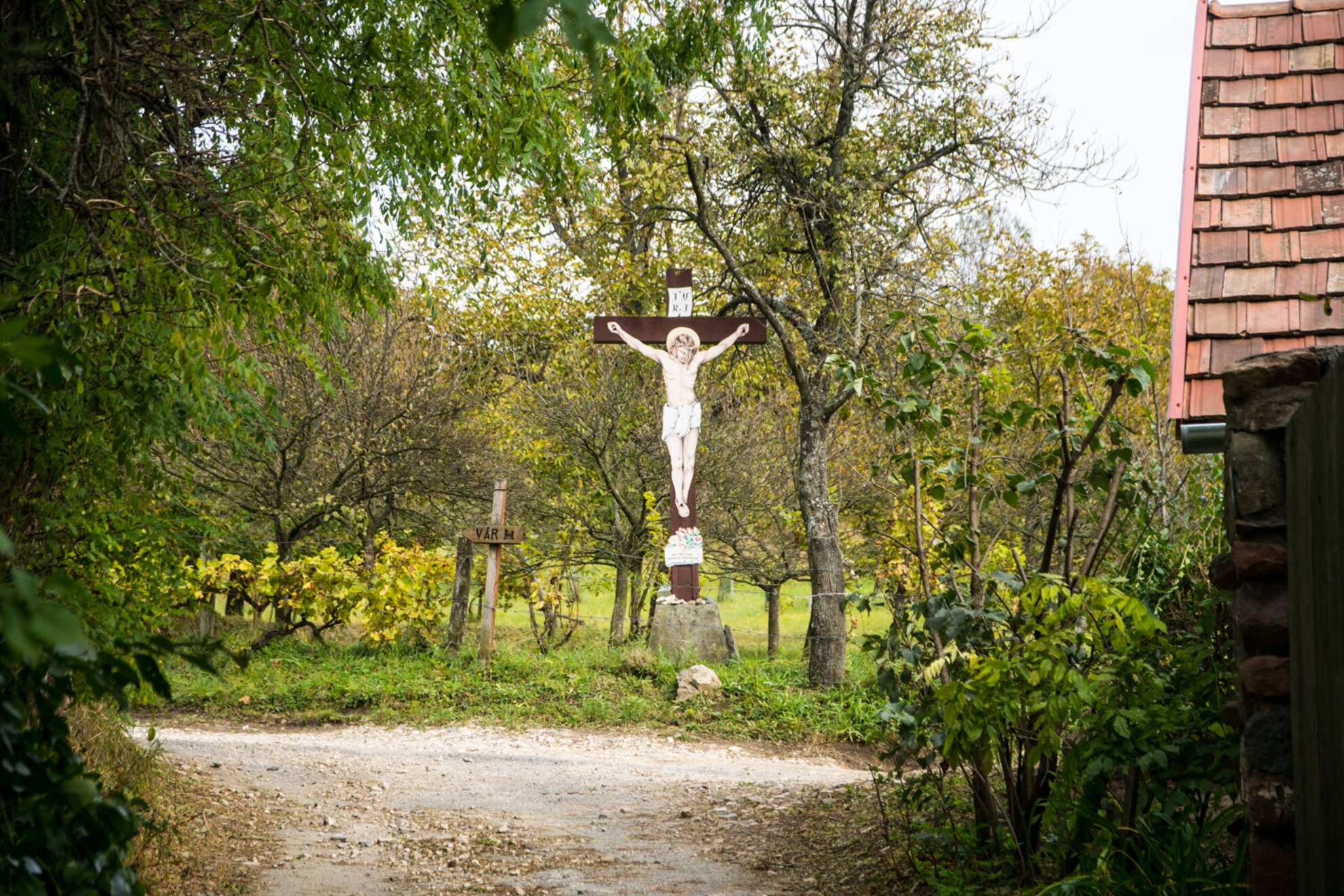
The National Blue Trail also goes through Csobánc, so we can follow that sign, too. One thing is for sure: we really can’t get lost here.
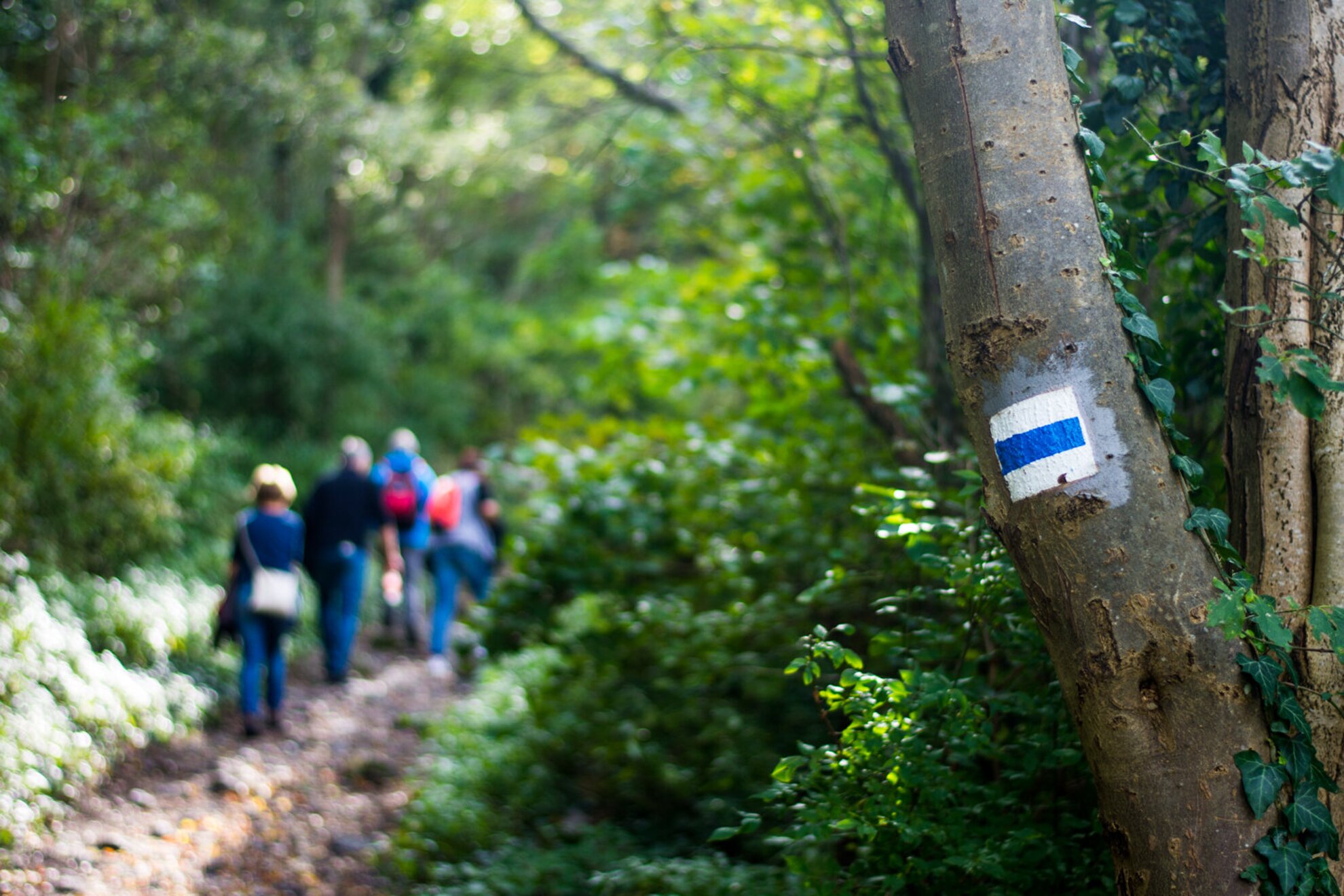
We can stop and rest a little along the way while admiring the nearby buttes: Badacsony, Szent György-hegy, Tóti-hegy, Gulács are all in one direction, while Hegyesd and Hegyestű are in the other.
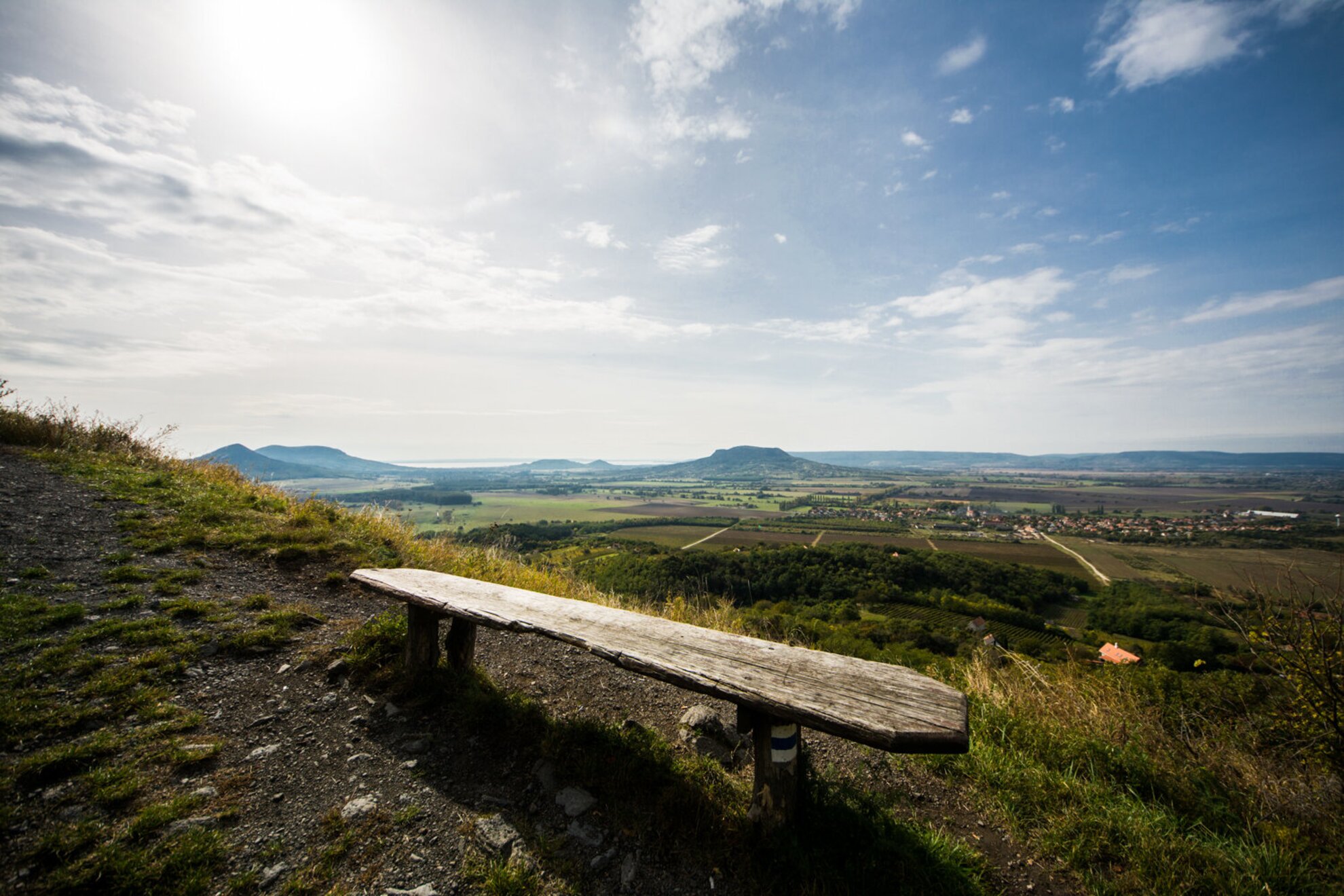
The hill is rather popular among paragliders, so if we visit when the weather is good, no matter what day of the year it is, we’ll probably see colorful fabrics floating around – Zsolt Gyapay published a spherical panorama of this view.
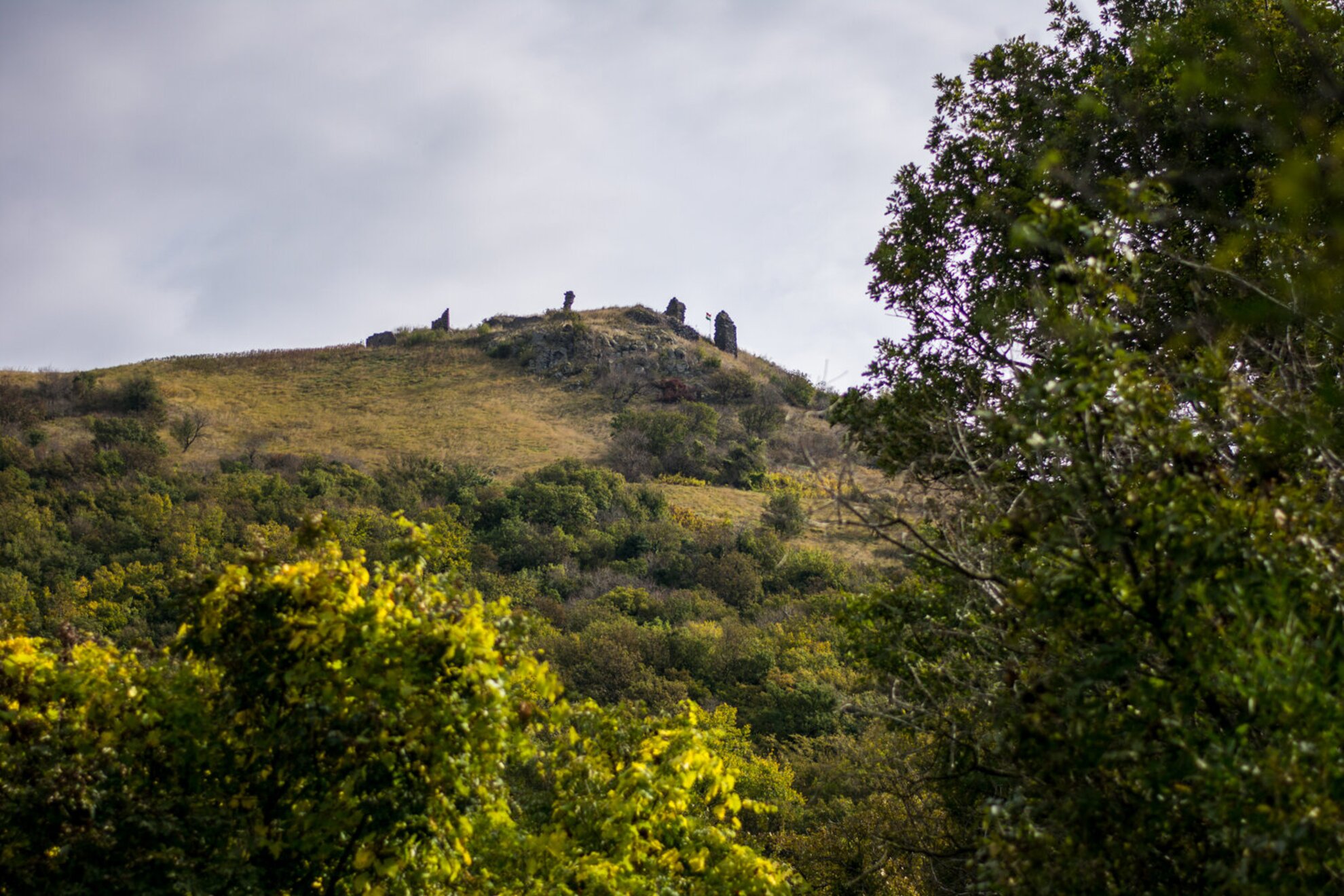
Csobánc Castle was built on the 376 meters tall butte in the 13th century – there’s an amazing view of Lake Balaton from Keszthely Bay to Tihany, including the Káli Basin, the nearby hills, and, in clear weather, we can even spot the Kőszeg Mountains.
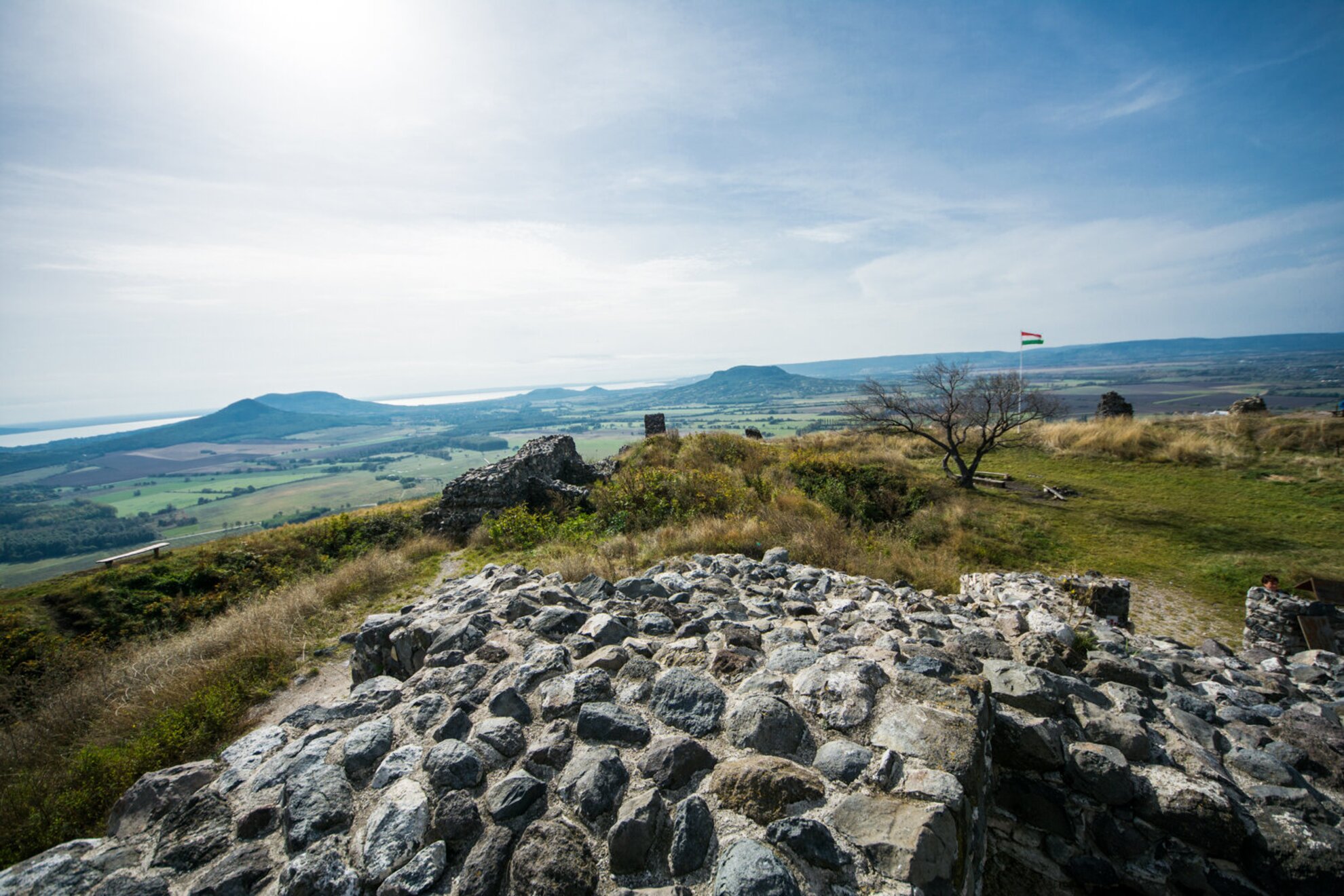
The fist mention of the castle can be found in an official document issued in 1272, but constructions probably started before 1255. It belonged to the Gyulaffy family until the second half of the 17th century. Following the death of King Mathias I, there was a chance that this castle would disappear just like many others did at the time due to the invasions of Maximilian I, but Pál Kinizsi, the legendary unbeaten former general of King Mathias issued a command to turn the castle into a fortress. Thanks to this it later succeeded in resisting every Turkish siege.
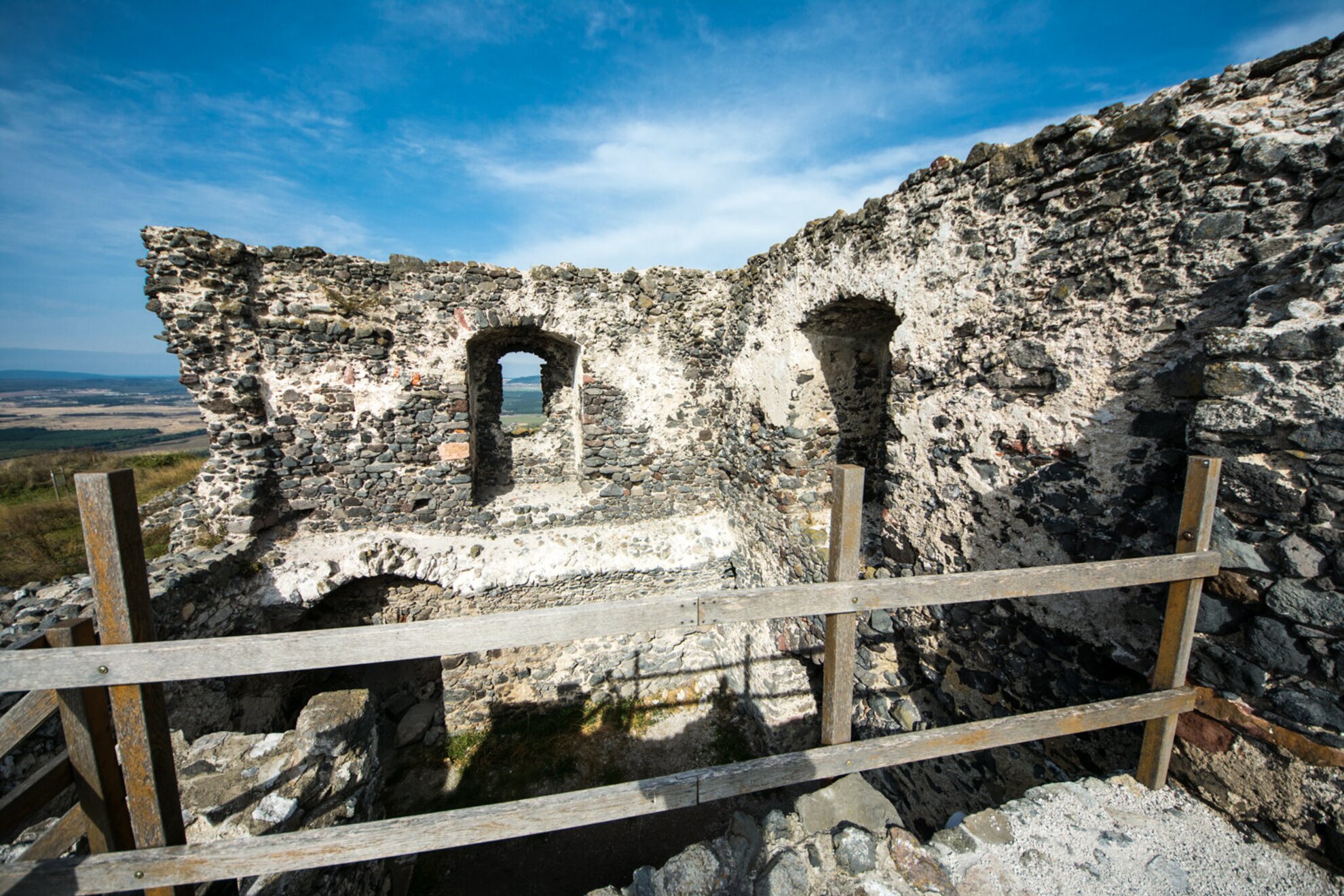
At the beginning of the 16th century, first István Gyulafi owned the fortress, then his son, the famous captain of Csobánc, László Gyulafi took over the castle, and they defeated all Turkish invasions during his captaincy.
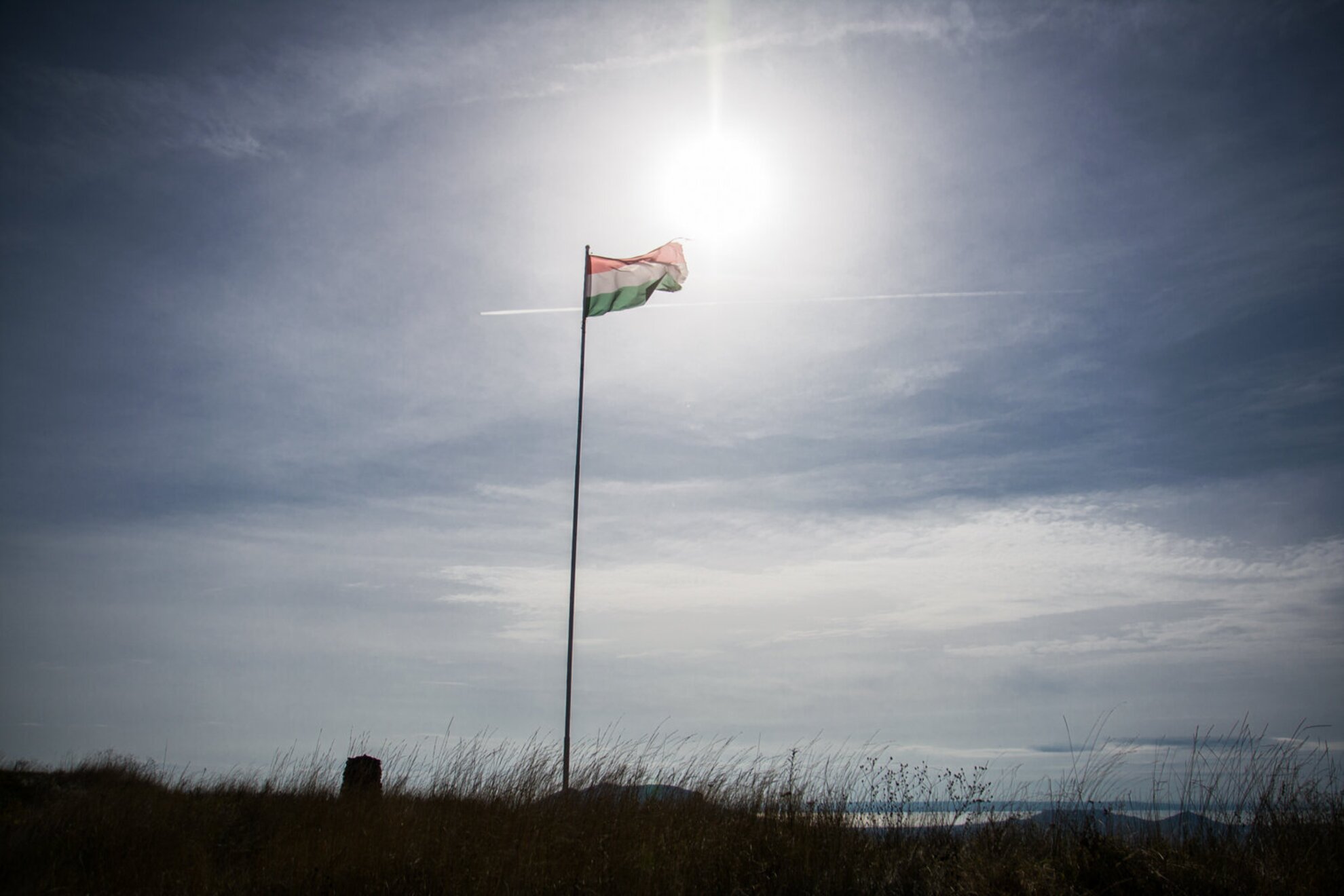
The noble Esterházy family bought the fortress in 1669. The authorities in Vienna decided that the castle had to be demolished, but the outbreak of Rákóczi's War of Independence, an attempt to end the rule of the Hapsburgs in Hungary, prevented this. The imperial army took possession of the castle until 1705, but the anti-Habsburg kuruc troops of Ferenc Domonkos and László Kisfaludy occupied it.
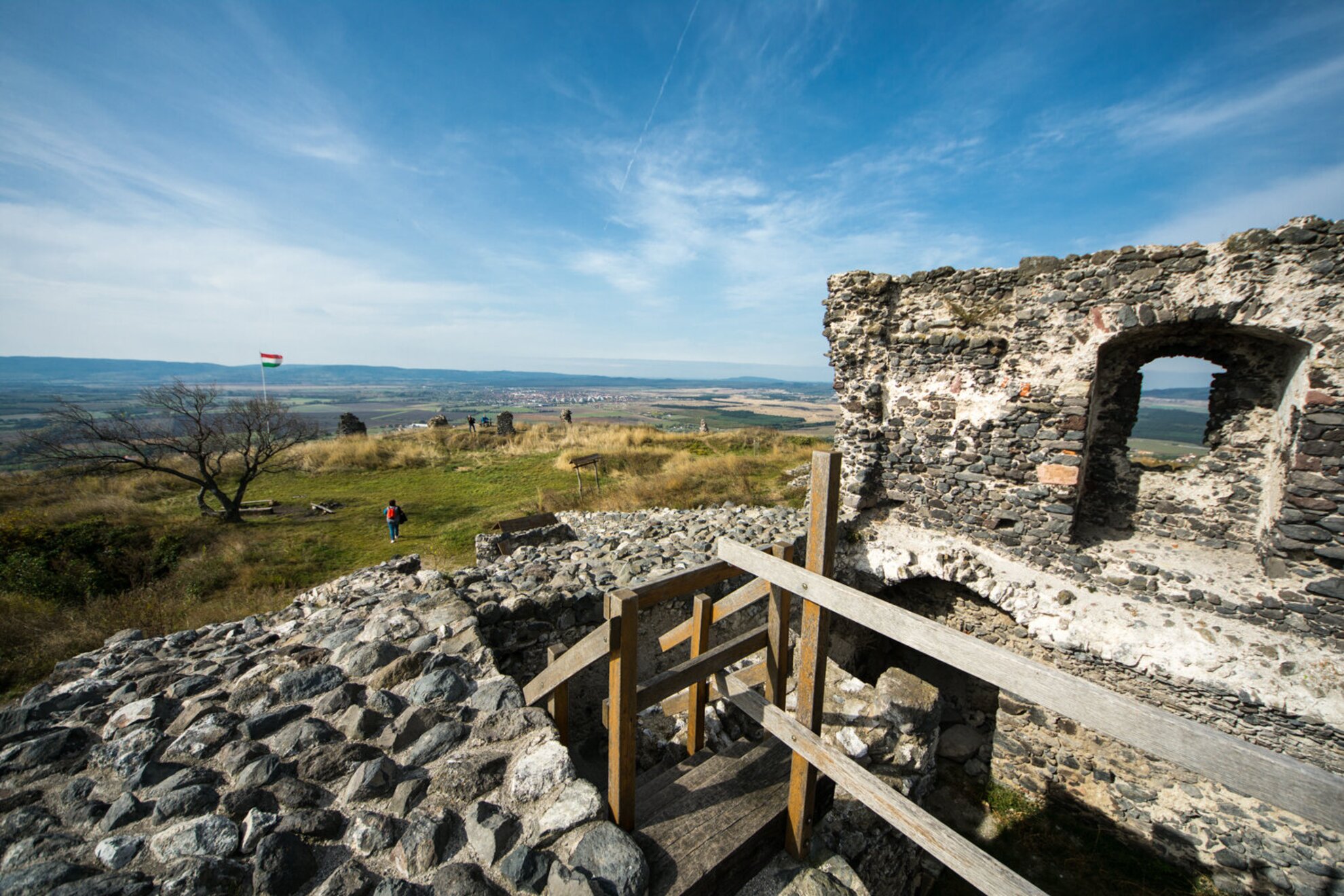
Two years later, the castle resisted the siege of the thousand-strong army led by Imperial Field Marshal Jean Rabutin. Even women and children took part in the defense. Finally, in 1709 it was in Imperial hands once again, that’s when its destruction started with bombings.
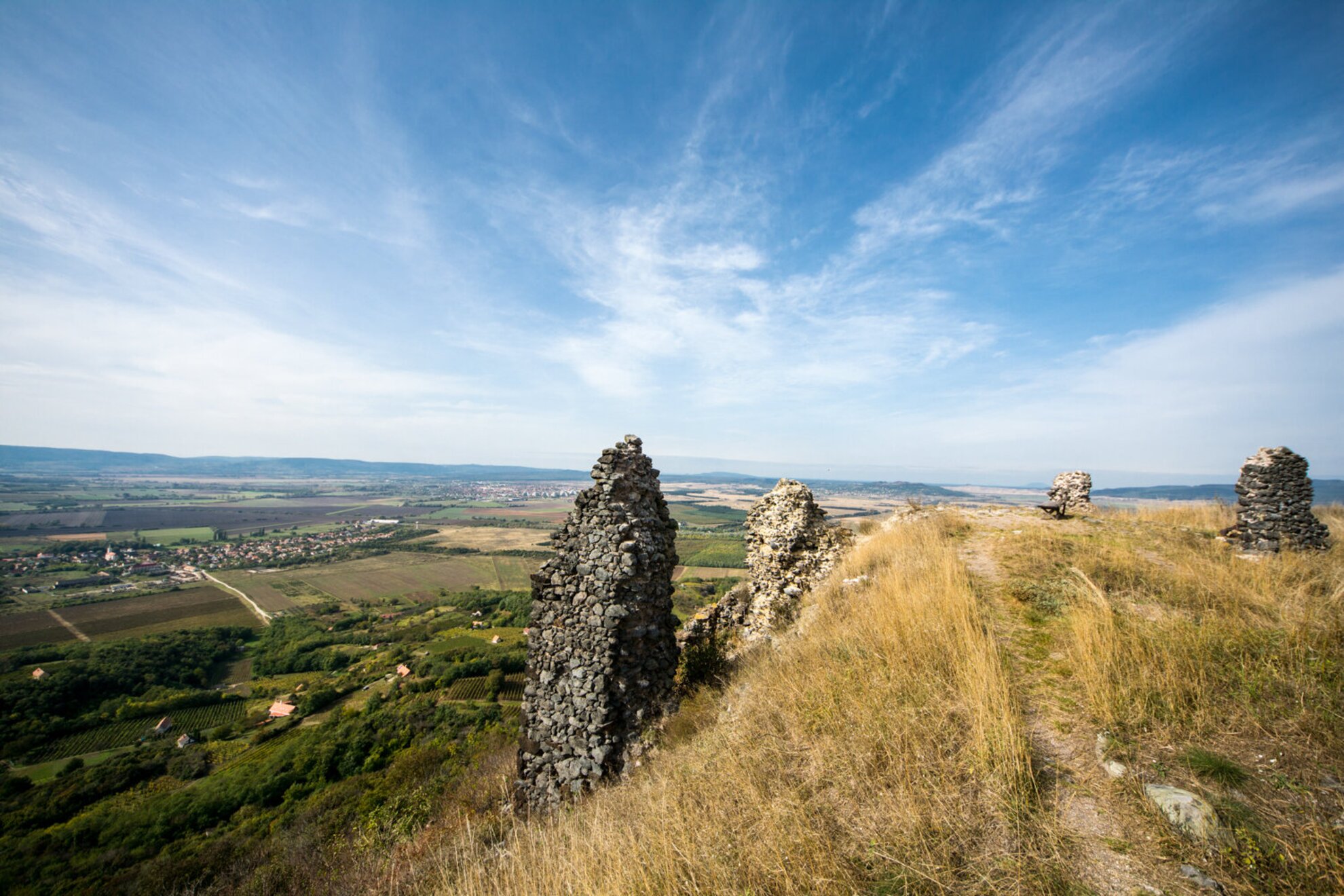
Living nearby, Gyula Németh and his friends organize the event called Gyulaffy Days for Csobánc (“Gyulaffy Napok a Csobáncért”) every year, which, for the first time ever, will be cancelled due to the lack of sponsors this year. They have a noble purpose: to save the continuously decaying Csobánc Castle. They would like to restore one of the towers, and create an indoor space where they could held exhibitions, while the tower next to it would serve as a lookout. Since the castle will be renewed as a part of the National Castle Program or “Nemzeti Várprogram” (promised to happen in 2017-18), it remains unknown whether the plans of the state and the civil initiative will be the same.

If we are in the area, it’s worth to pay a visit to Gyula Vezér Equestrian Farm, which is managed by the above mentioned Gyula Németh and is located a couple of hundred meters away from the south boarder of Gyulakeszi. If we are lucky, the master of the estate will be home when we visit – there’s probably no question about Csobánc that he wouldn’t be able to answer at once. His wife, Zsuzsanna Mészáros makes excellent cheese, yogurt, cottage cheese, butter, and urda that can only be bought here, and at some local stores.
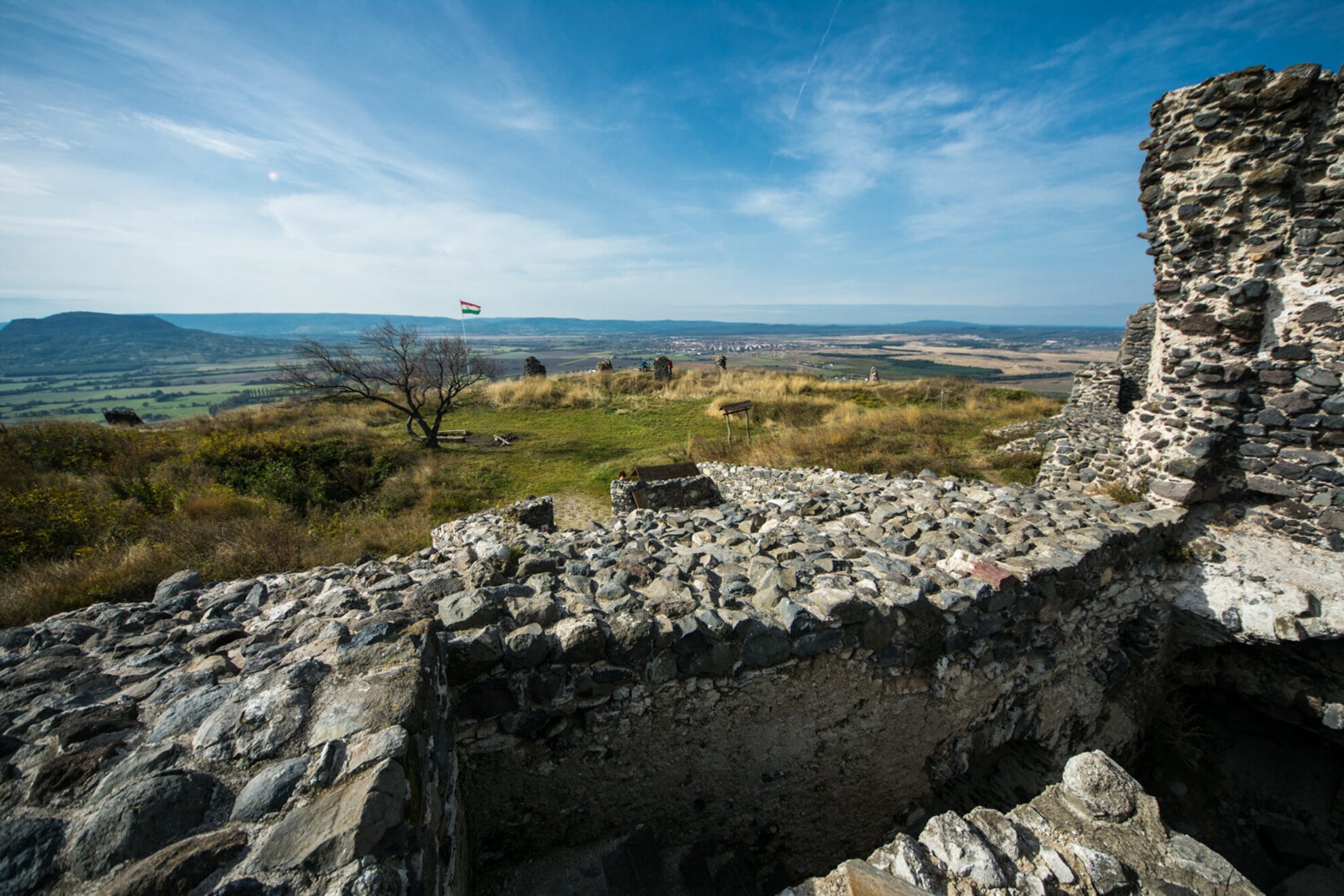
It’s great to visit them, especially since Gyula can tell us even more stories that are connected to the truly incredible view that greets us from the top.
Source: Csaba Csorba: Regélő váraink (“Our Storytelling Castles”)
Translated by Emma Póli
